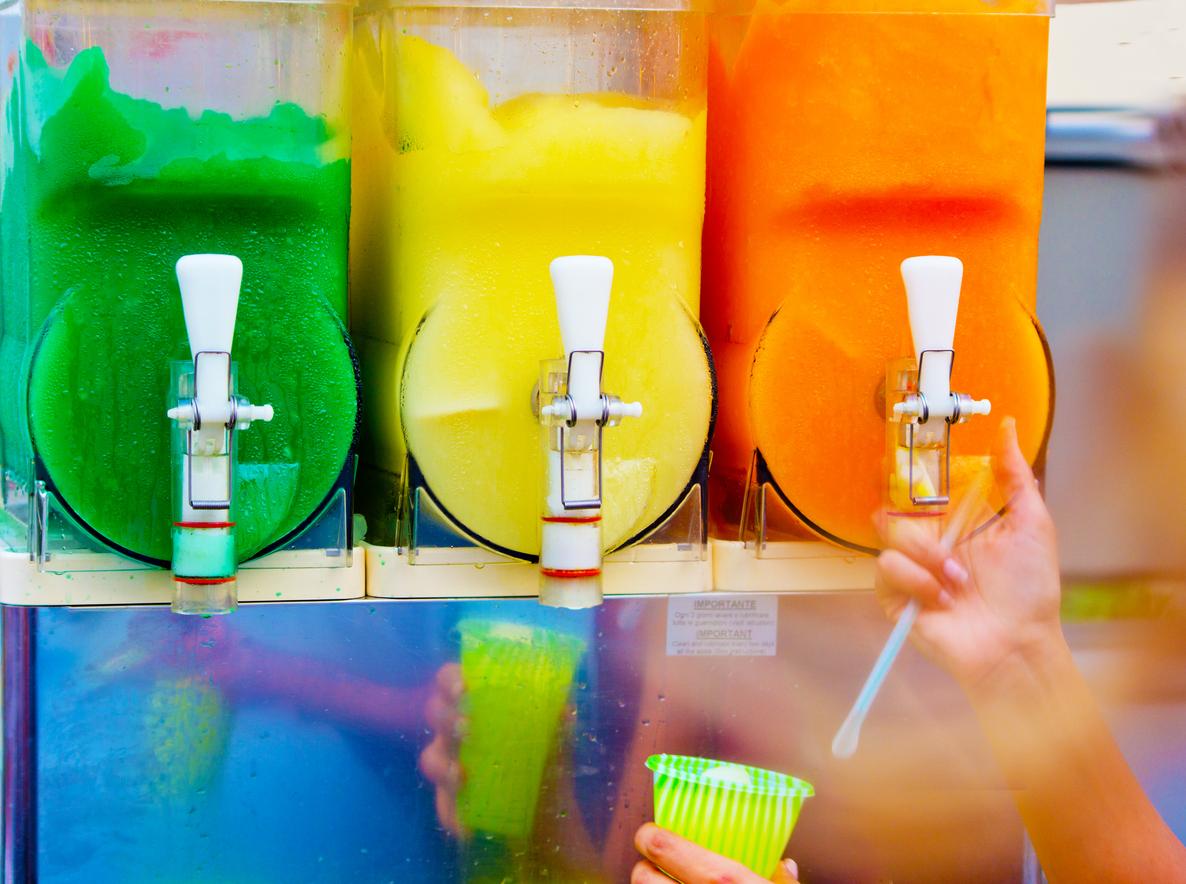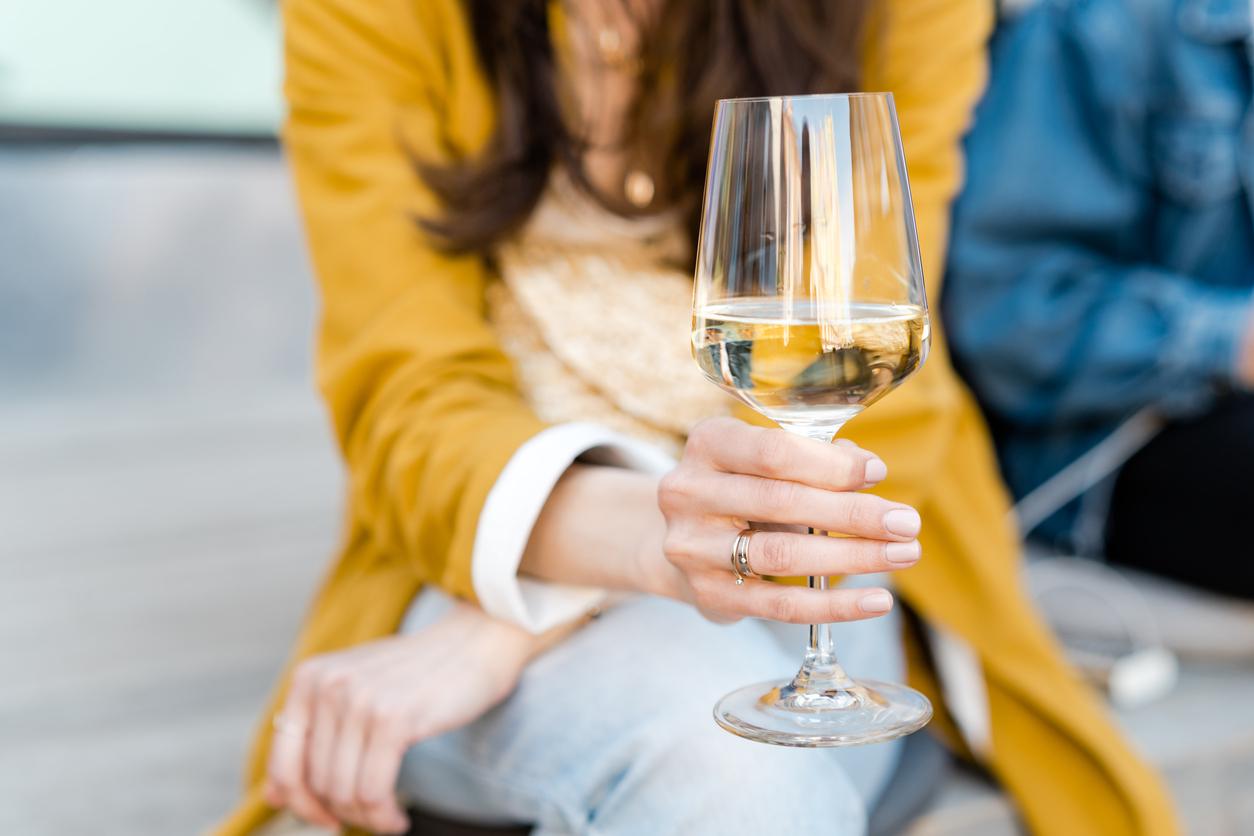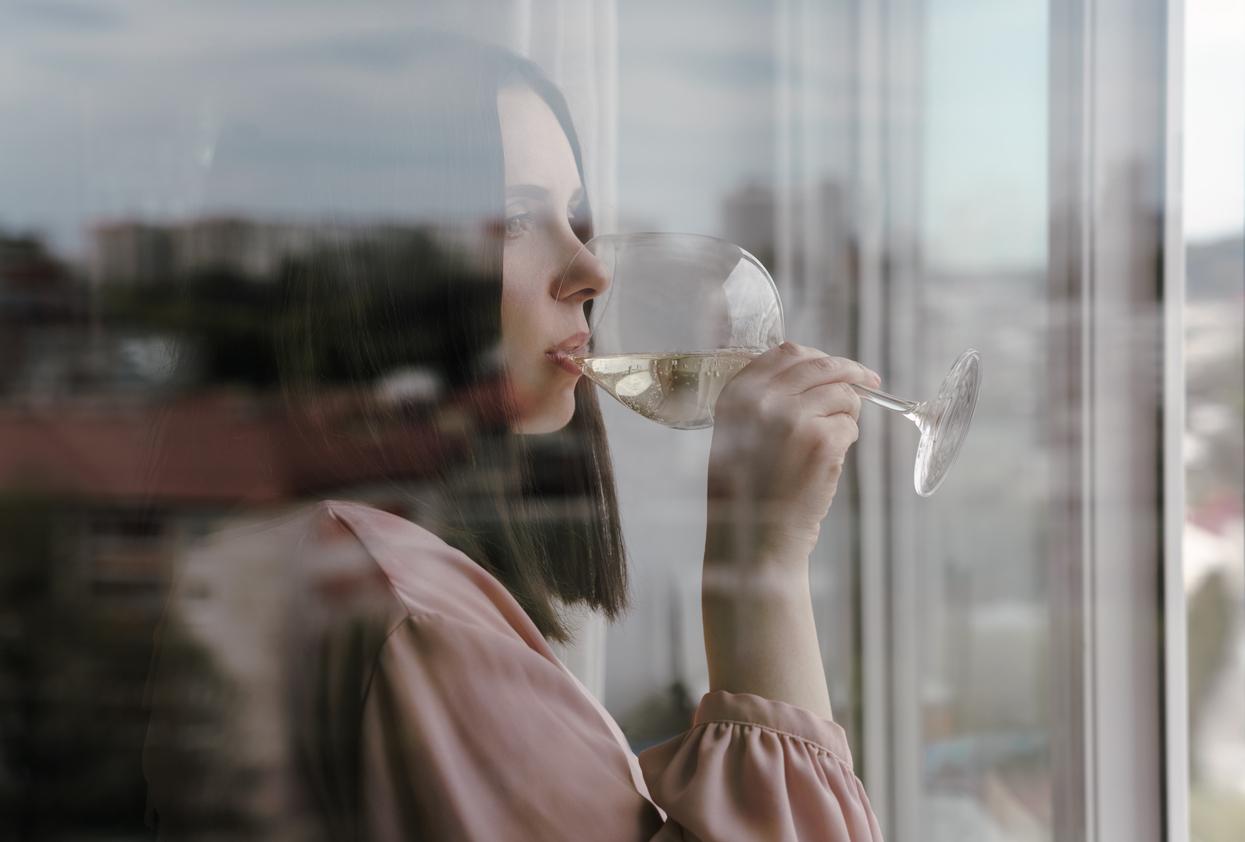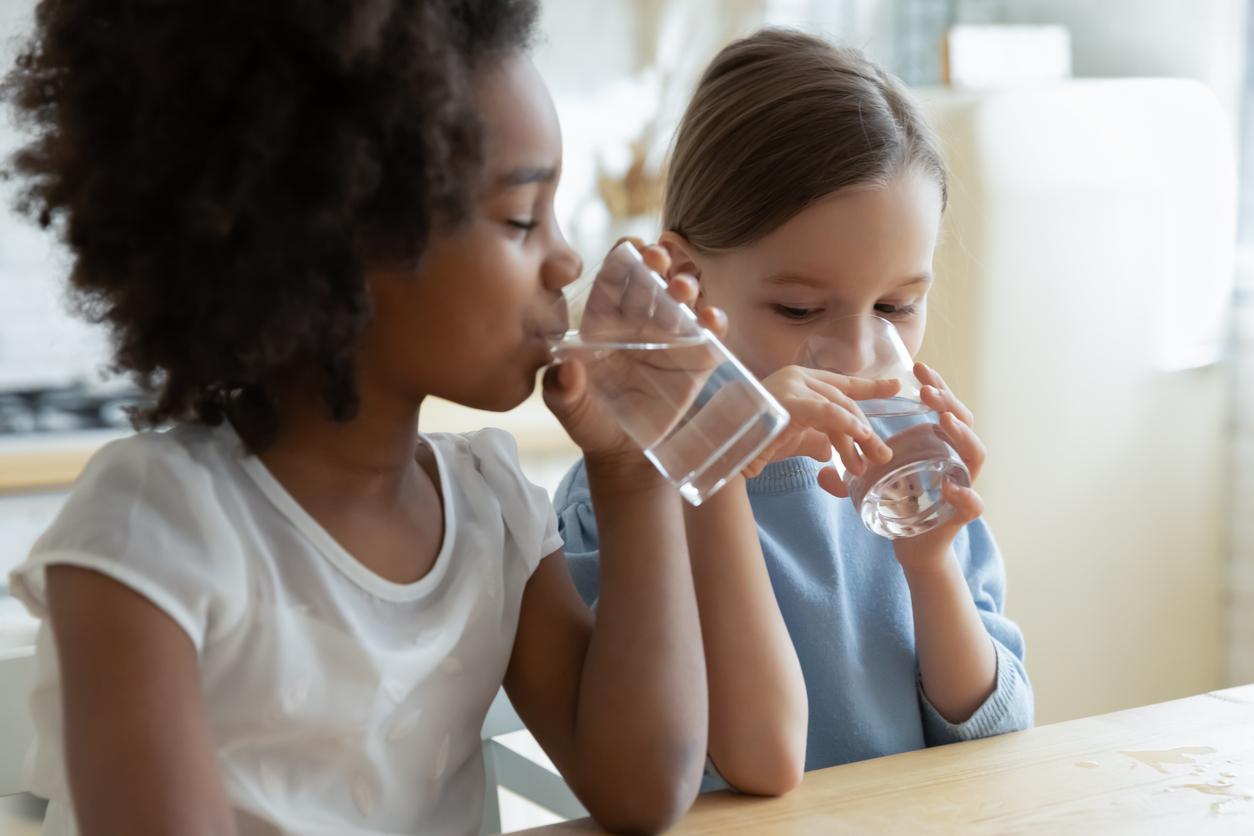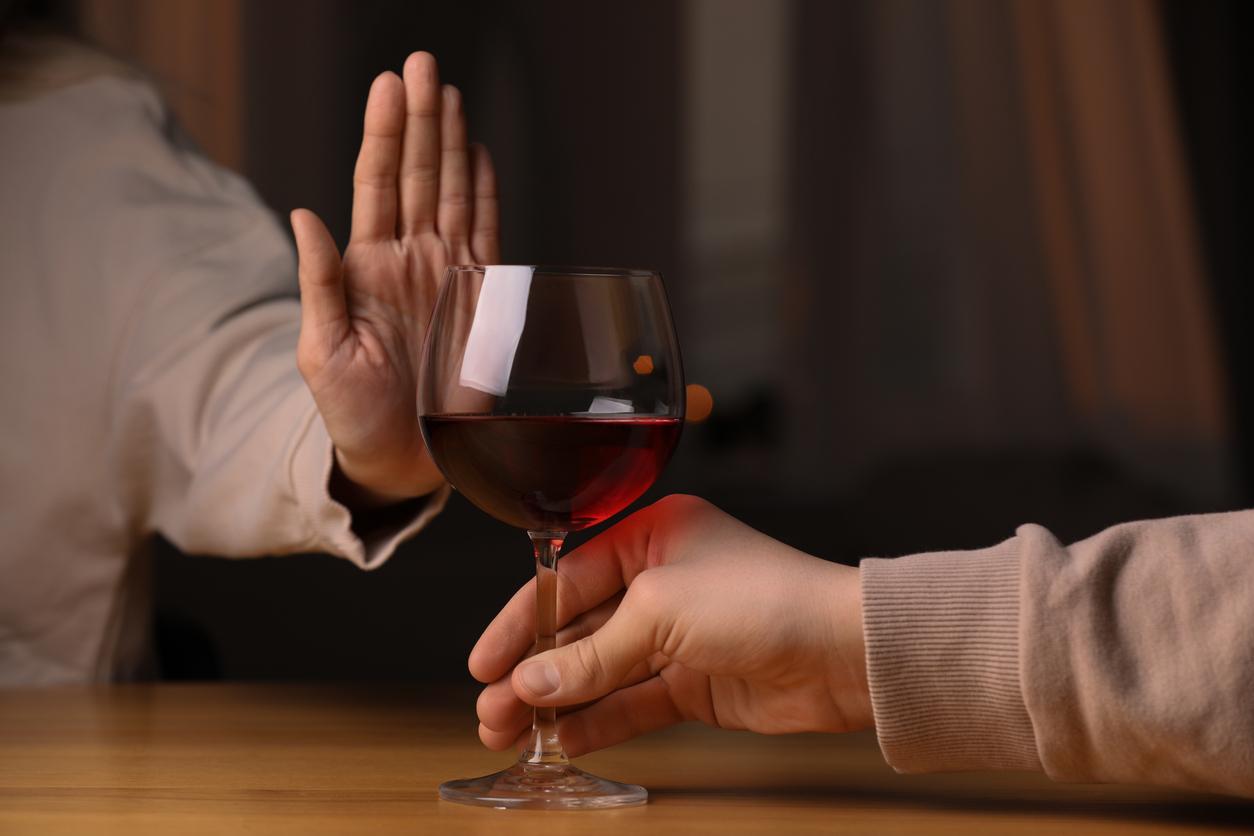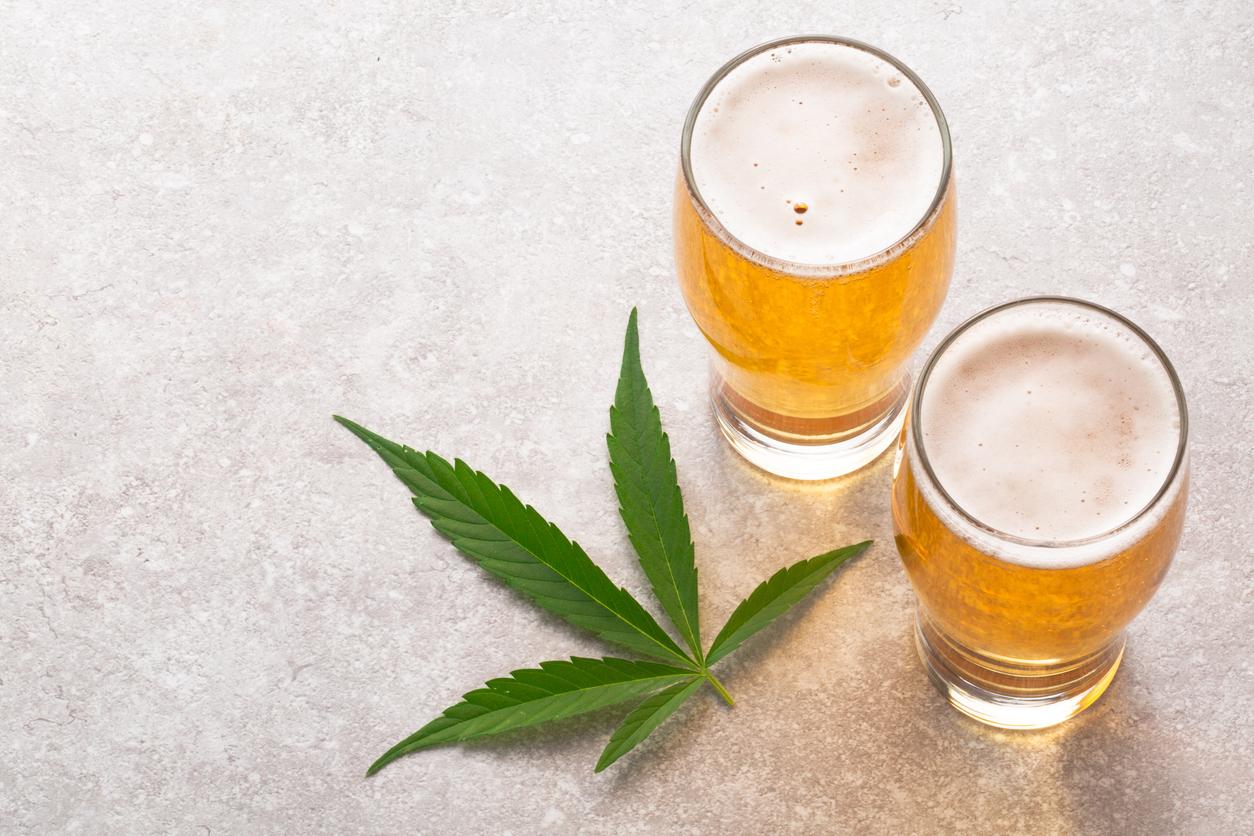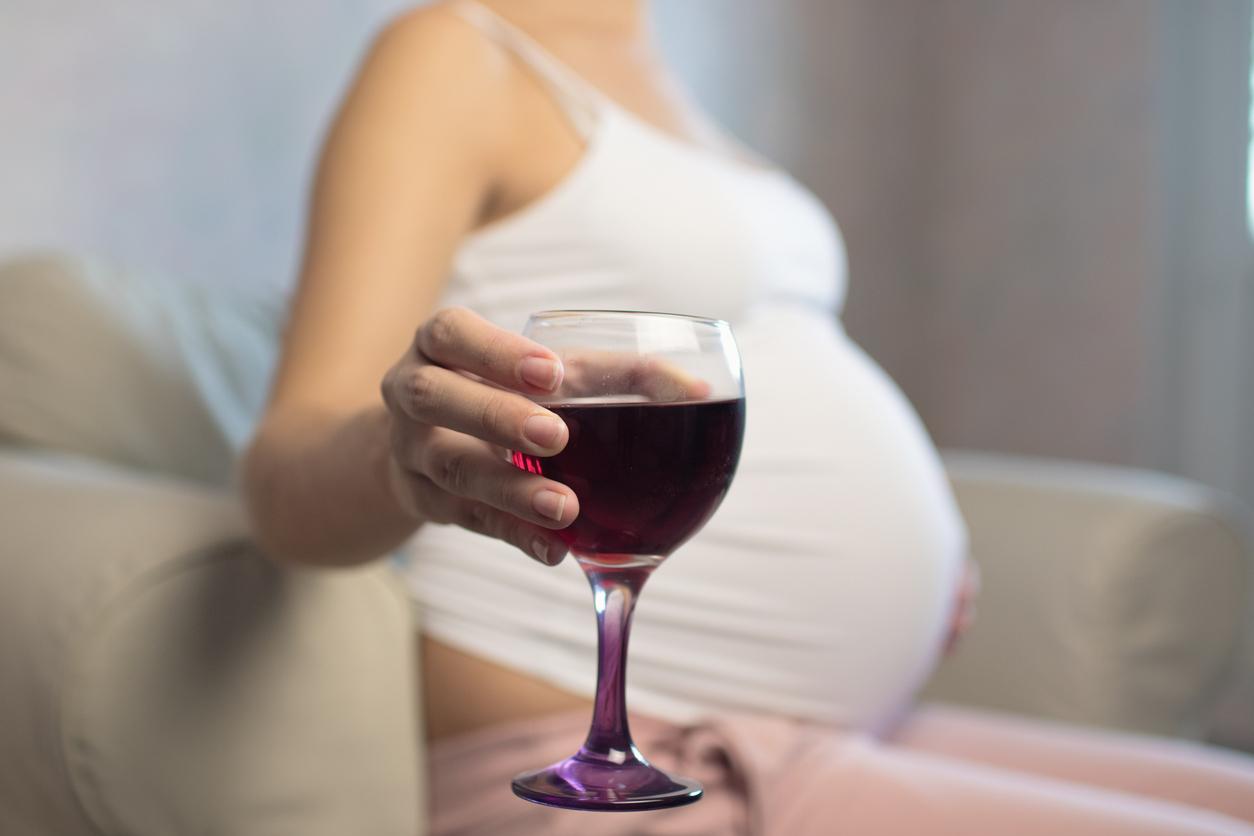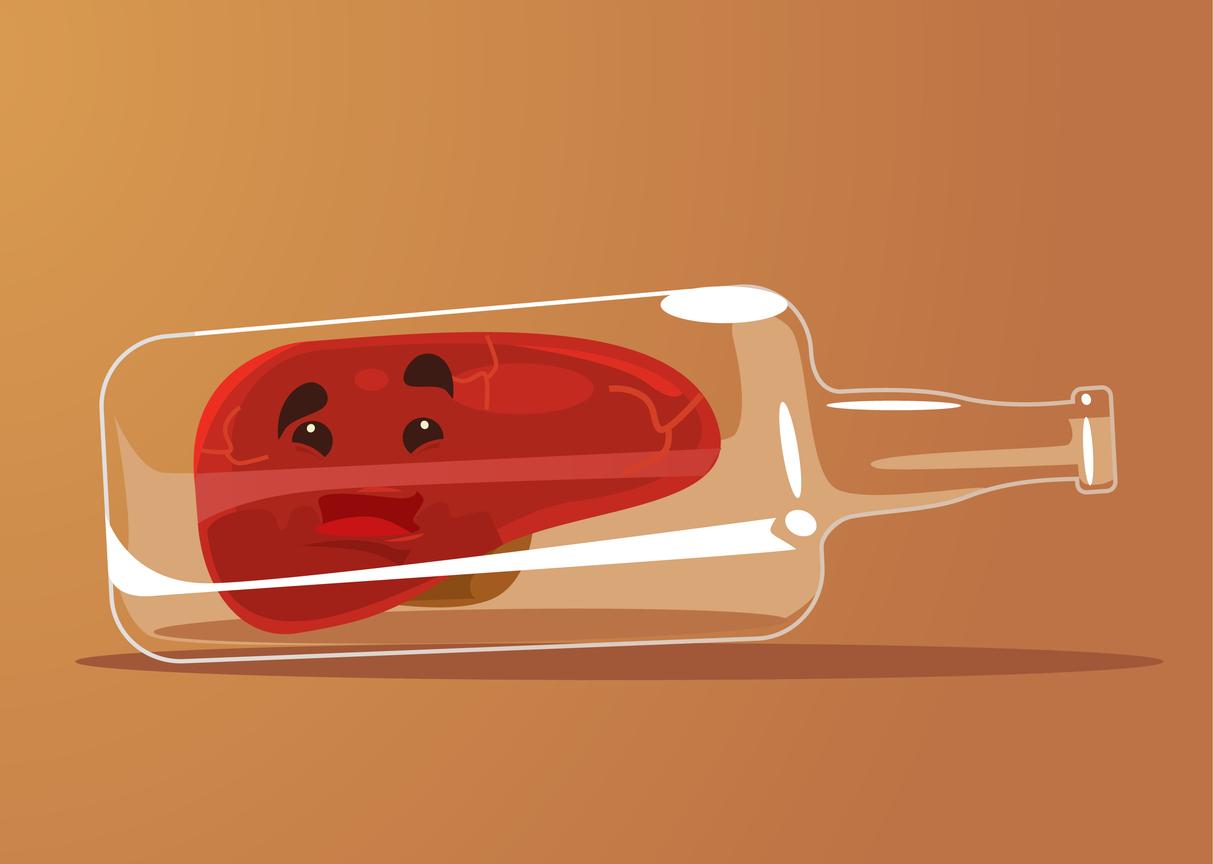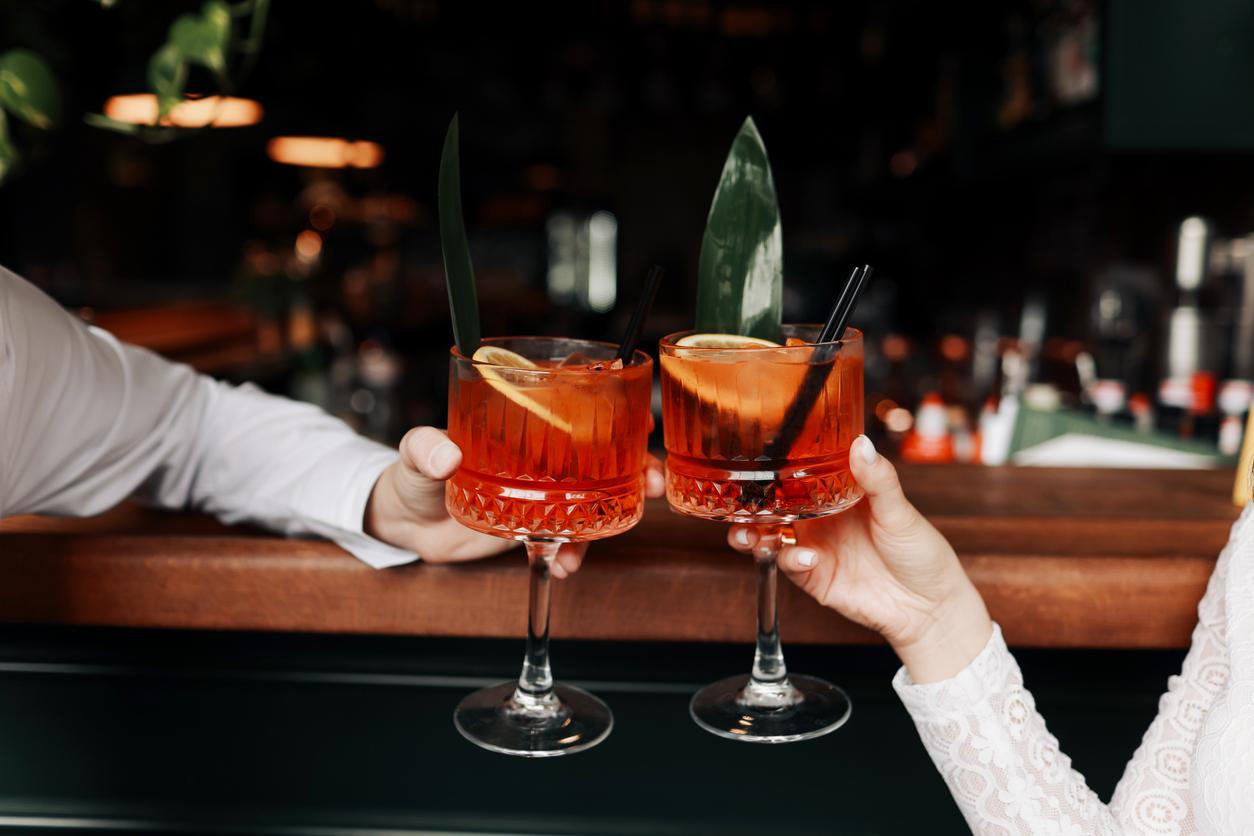In recent years, non-alcoholic beers, wines and spirits have made a remarkable entry into the market. But are these drinks good for your health?
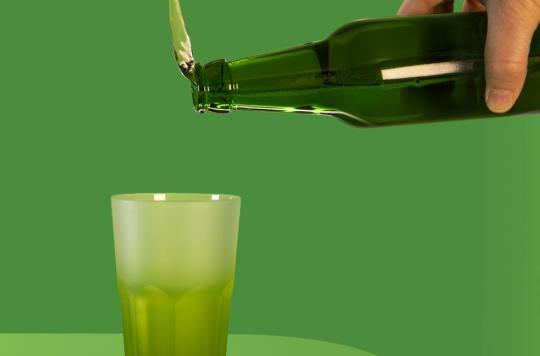
- According to INSEE, alcohol consumption has been divided by 2.5, from 200 liters in 1960 to 80 liters in 2018.
- According to INSEE, alcohol consumption in France has been divided by 2.5, from 200 liters in 1960 to 80 liters in 2018.
- According to the specialized magazine LSA, non-alcoholic beers will represent 3.2% of the global beer market in 2021.
While, according to one study ordered by 60 million consumers, 86% of French people want to become more responsible regarding their alcohol consumption, non-alcoholic drinks are increasingly popular. What do they really contain?
A complex process
If wine is a must in France, the non-alcoholic version remains rare on the tables. Produced with concentrated juice, sugar or sulphites, this alcohol-free wine follows a fairly complex manufacturing process. For the reds and rosés, a maceration must be carried out, while the whites go through the pressing phase. The alcohol is then eliminated either hot, through evaporation, or cold, to limit the loss of aromas. According to European regulations, the alcohol content can go up to 0.5%. If the taste is close to the original, the alcohol-free wine lacks volume and breadth, according to consumers.
Composed of water, cereals or even yeasts, non-alcoholic beer can be accompanied by flavorings or even sugar (syrup or fruit juice). It follows the same manufacturing scheme as alcoholic beers: cereal malting, brewing and fermentation. Then the alcohol is removed: either separated from the liquid brought to a very low temperature, or by evaporation by bringing the beer to a high temperature.
Be careful however, some beers contain a minimal alcohol content (which must not exceed 1.2%, according to the regulations). Not very sweet, non-alcoholic beers are two to three times less caloric than those with.
Even in spirits
Finally, spirits also have soft drinks. For this family, the rate is indeed 0%. Generally composed of plants, aromas or even water and sugar, spirits follow the process of maceration. In some cases, distillation is not used, producers are content with only a mixture of aromas. Note that they are not legally entitled to the appellations gin, whiskey…
While these drinks are healthier on paper, they have downsides in the long run. Asked by the site Health Magazineaddictologist Amine Benyamina warns about this new practice. “Their regular consumption can indeed end up acclimatizing non-drinkers (young people in particular) and lead them at some point to move on to reality, that is to say the consumption of alcohol. This can constitute an incitement.”









